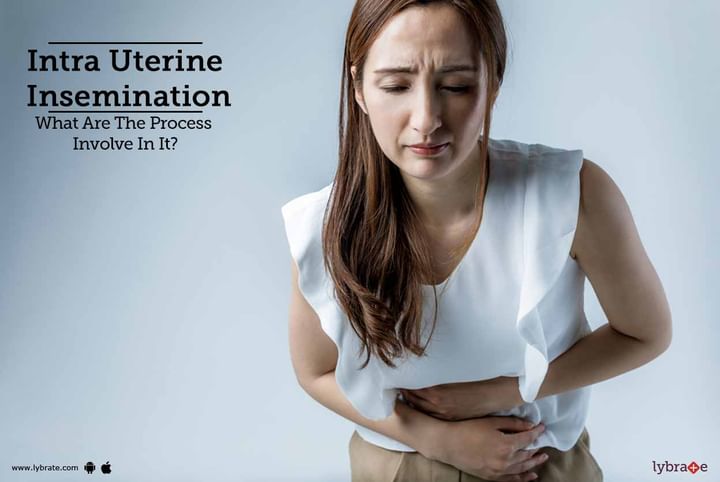Intra Uterine Insemination - What Are The Process Involve In It?
Intra uterine insemination is a common fertility treatment which involves positioning a sperm within the woman’s uterus in order to help it fertilize. The primary objective of this treatment is to surge the number of sperms that are supposed to reach the fallopian tubes for multiplying the chance of fertilization. It offers an advantage to the sperms by minimizing its area of traversal, but the sperm must reach the eggs for fertilizing the ovum on its own. It is a minimally invasive method and much lesser expensive when compared to in vitro fertilization.
When do the doctors recommend intra uterine insemination?
The most common reason behind opting for intra uterine insemination is decreased sperm mobility and low sperm count. But there are various other reasons why gynecologists recommend this treatment and these include unexplained infertility, cervical scar tissues from past operations, cervical mucus problems, ejaculation dysfunction and several others.
On the other hand, intra uterine insemination is not recommended for women with conditions of pelvic infections, moderate to severe endometriosis and women with acute problems in the fallopian tubes.
How does the process of intra uterine insemination work?
- Before opting for the intra uterine insemination, doctors may recommend ovulation stimulating medicines which require careful monitoring of the eggs to determine when they are mature. The intra uterine insemination will be done between 24 and 36 hours after the rise in LH hormones which indicates high chances of ovulation.
- A semen sample is separated from the semen, and then the sperm is inserted directly into the uterus with the help of a catheter. This procedure improves the positioning of sperm cells into the uterus which, in turn, increases the chances of conception.
- The whole procedure takes about a couple of minutes and gives only minimal discomfort. Then the doctors closely monitor your signs and symptoms of pregnancy. In most cases, there is minimal risk of infection after the intra uterine insemination. Also, women who take fertility medications while having IUI also have chances to become pregnant with multiples.
What is the success rate of intra uterine insemination?
The success of intra uterine insemination depends on a host of factors. If a couple chooses to opt for this treatment every month, the chances of successful pregnancy are increased by 20 percent per cycle. But factors like age of the woman, use of fertility drugs, and the reason behind infertility play a critical role.
Since intra uterine insemination is a cheaper process compared to in vitro fertilization, the success rate of this procedure can sometimes be lower than the latter. It however in most cases gives good results. So, if you are interested in this treatment, you must consult with an expert gynaecologist for discussing your options. In case you have a concern or query you can always consult an expert & get answers to your questions!



+1.svg)
